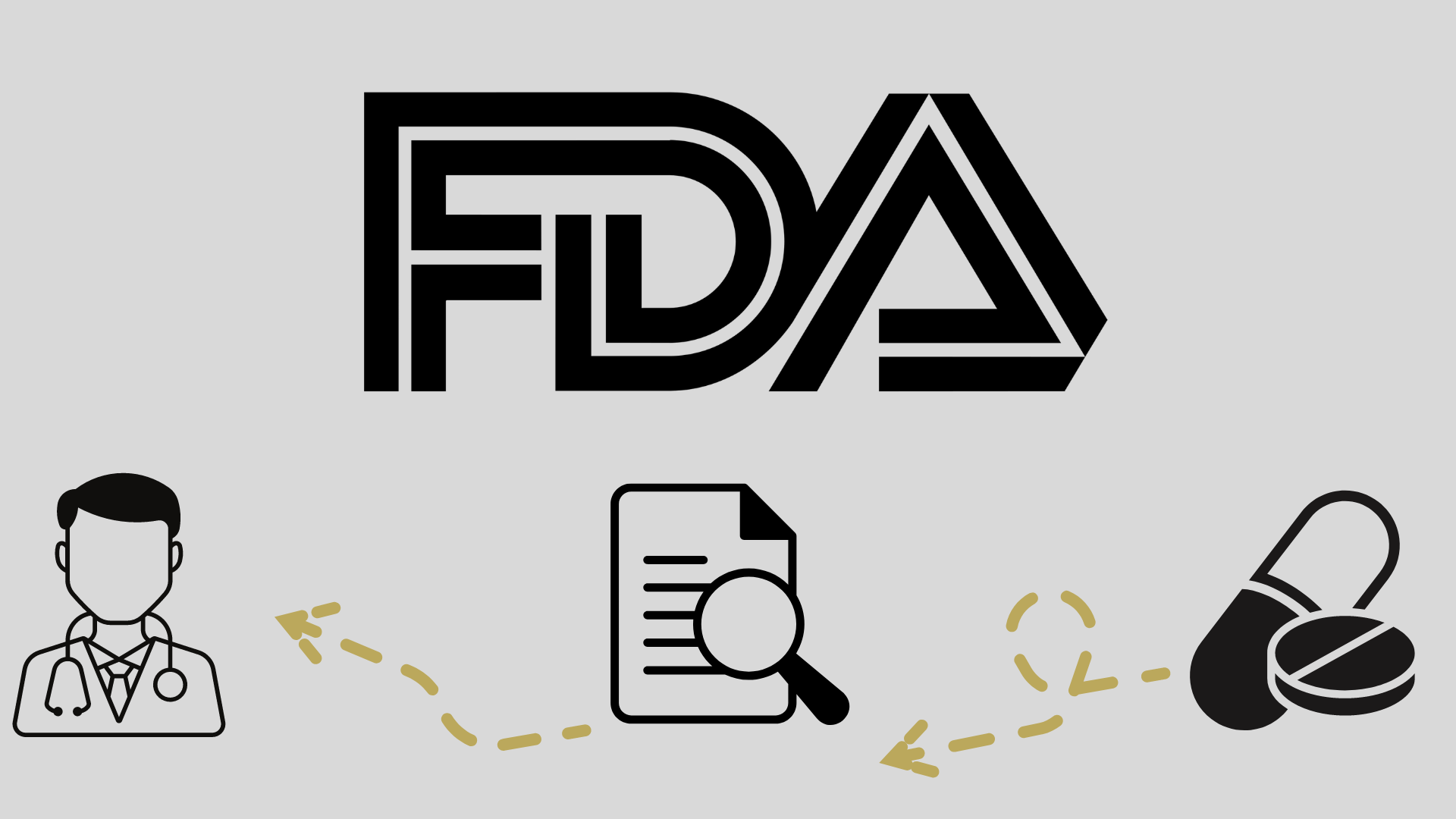
Behind the FDA Approval of Enzalutamide for Prostate Cancer

Neal Shore, MD, FACS, discussed the phase 3 EMBARK trial and what the FDA approval of enzalutamide means for the prostate cancer treatment landscape.
The FDA approved enzalutamide (Xtandi) for the treatment of
Enzalutamide, an androgen receptor signaling inhibitor, is the first of its kind to be approved in this intent-to-treat (ITT) population in combination with the luteinizing hormone-releasing hormone (LHRH) leuprolide.
Findings from the phase 3 EMBARK trial (NCT02319837) supported this approval. Neal Shore, MD, FACS, the trial’s primary investigator, discussed the importance and implications of the findings.
“Historically, up until the results of EMBARK, we didn't have [the] highest level of evidence—what we refer to as level 1 evidence—for how to best or optimally treat patients with high-risk biochemical recurrence. Those are the patients who've had prior surgical prostatectomy, radiation, or both. Some might even argue we were doing our decision-making from the seat of our pants,” said Shore, United States chief medical officer of surgery and oncology, GenesisCare USA, and director of the Carolina Urologic Research Center, in an interview with Targeted OncologyTM.
“This was a remarkably successful study because both therapeutic arms, the combination of LHRH and enzalutamide, as well as the monotherapy enzalutamide with no testosterone suppression, both bested monotherapy LHRH-agonist [androgen deprivation therapy]. That was what's so compelling about the trial,” Shore said.
About the FDA Approval of Enzalutamide
The EMBARK trial met its primary end point of metastasis-free survival (MFS) with a statistically significant improvement with enzalutamide plus leuprolide vs placebo plus leuprolide, and the median was not reached for either arm (HR, 0.42; 95% CI, 0.30-0.61; P <.0001) at a median follow-up of 60.7 months. Enzalutamide monotherapy also had a statistically significant improvement in MFS compared with placebo and leuprolide (HR, 0.63; 95% CI, 0.46-0.87; P =.0049). Risk of prostate specific antigen (PSA) progression was also reduced in the combination enzalutamide/leuprolide arm (HR, 0.07; 95% CI, 0.03-0.14; P <.0001) and enzalutamide monotherapy arm (HR, 0.33; 95% CI, 0.23-0.49; P <.0001).1,2
“Very importantly, we don't have our final overall survival data yet,” Shore said. “Our primary end point, which was metastasis-free survival, was met in both the combination LHRH and [enzalutamide] arm, as well as in the enzalutamide monotherapy arm. We bested monotherapy LHRH for the metastasis-free survival primary endpoint and therefore, [it was] a full-on successful trial. The overall survival is clearly trending in favor of both the combination beating monotherapy LHRH and the monotherapy [enzalutamide].”
About the Phase 3 EMBARK Trial
The randomized phase 3 EMBARK trial assessed enzalutamide plus leuprolide in the ITT population. Patients were randomized in a 1:1:1 fashion to receive either 160 mg of enzalutamide orally with leuprolide as a subcutaneous or intramuscular injection every 12 weeks, 160 mg of oral enzalutamide monotherapy, or leuprolide injection with oral placebo.3
“All of the investigative sites globally in Asia, Europe, South America, [and] North America we were able to enroll over 1000 patients and look at direct comparisons in a prospective way. If we added enzalutamide, the most well-studied androgen receptor pathway inhibitor in the class, having been approved now and on the market globally for over 10 years, and demonstrated its efficacy throughout the continuum of prostate cancer, starting from hormone sensitive metastatic all the way through resistant disease, could we combine that with traditional LHRH therapy and compare it [with] LHRH therapy alone…to see which one did better?” Shore said.
The study’s primary end point was MFS. The secondary end points included overall survival, time to castration resistance, composite of safety, time to PSA progression, time to first use of new antineoplastic therapy, and time to distant metastasis.
Patients were considered eligible to participate in the trial if they had histologically or cytologically confirmed prostate adenocarcinoma without neuroendocrine differentiation, signet cell, or small cell features. Patients were also required to have received initial treatment by radical prostatectomy and/or radiotherapy, have a PSA doubling time ≤ 9 months, and a serum testosterone ≥ 150 ng/dL (5.2 nmol/L). Patients were not eligible to participate if they had prior or present evidence of distant metastatic disease, received prior hormonal therapy, or received prior cytotoxic chemotherapy.
“We had 2 different regimens being pitted against [each other]. [There was] the commonly utilized therapy, LHRH monotherapy, and we enriched the patient population for patients who were at high-risk, meaning their doubling times were less than or equal to 9 months,” Shore added.
Next Steps
Enzalutamide’s expanded approval comes with excitement, but the work on the EMBARK trial is far from over.
“We expect that sometime in 2025, we'll have enough events, and we will be reporting back on the overall survival. Many of our colleagues say, ‘Yes, I liked and I understand the metastasis-free survival endpoint, [but] I still want to see overall survival.’ That didn't prevent the FDA from granting the expanded label, which I think was great,” Shore added.
Shore also emphasized the need for more in-depth analyses of patient outcomes.
“How do you make the decision between monotherapy [enzalutamide] vs the combination LHRH/[enzalutamide]. We presented patient-reported outcome sexual function data at [the European Society for Medical Oncology Congress] 2023 this year, and we published that simultaneously in [the New England Journal of Medicine] evidence. We found was there's clearly, for the monotherapy [enzalutamide] in patients. They have an improvement in their sexual function, but we need to look deeper into that, and we need to do some additional prospective studies with further analyses and questionnaires,” Shore said.
“The bottom line is, this is a real step forward and an advancement in our therapeutic armamentarium to have that important patient-physician shared decision making where we now have option better options for patients,” Shore concluded.








































